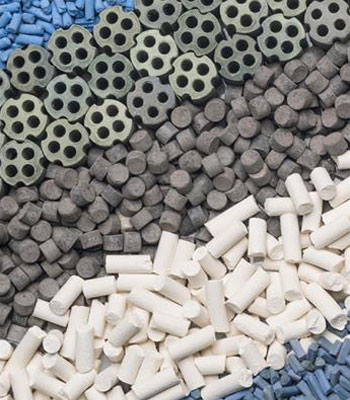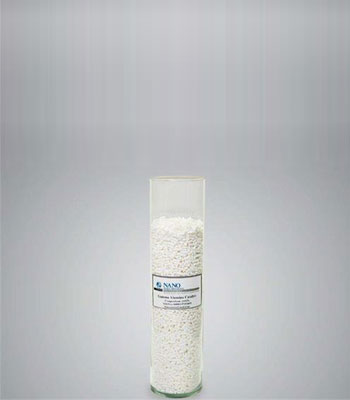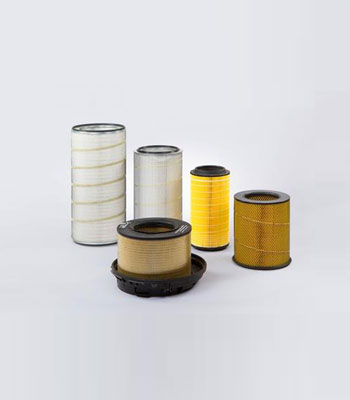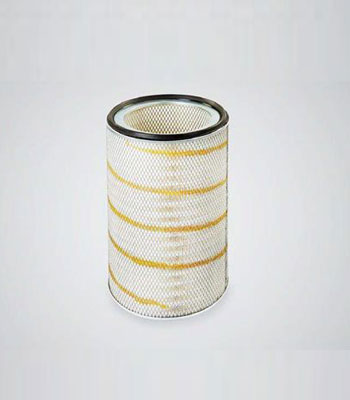Showing all 4 results
Desulfurization Catalyst containing Zinc Oxide Nanoparticles
0,00 €Introduction
Sulfur compounds are one of the main pollutants of the air and chemical processes which damage human health, water resources, catalysts and other devices. Removing sulfur compounds is one of the main processes in fossil fuel applications. Various inorganic sorbents are used to remove H2S in such applications. Among sorbents, zinc oxide is one of the most important sorbents for removal of H2S at moderate temperatures. This advantage is due to the fact that the thermodynamics of the ZnO-H2S reaction is more favorable than other desulfurizing sorbents and also has a higher sulfur absorption capability. Nanotechnology, relying on its unique features, has improved the performance and properties of the products.
Desulfurization Nanocatalyst
0,00 €Introduction
Oxides of sulfur and nitrogen are the main air pollutants that are also responsible for acid rain. Excessive sulfur content in petroleum fractions such as naphtha, in addition to causing air pollutants, can corrode tanks, reactors, pipes and fittings. Currently desulfurization is carried out using desulphurization catalysts adjacent to hydrogen; thus at a certain temperature and pressure, as well as a specific proportion of hydrogen, sulfur atoms convert to hydrogen sulfide. Catalysts based on γ–alumina are commonly used for desulphurization. Alumina has various applications including ceramic membranes, paints, refinery and chemical catalysts, pollution control and base catalyst. The mesoporous γ–alumina with pore diameter in the range of 2 to 50 nm due to its high specific surface area, high porosity, good thermal stability and suitable pore distribution is used as the most common base catalyst in desulphurization.
Gas Turbine Air Filter0
0,00 €Introduction
Proper air filtration is critical to the overall performance and reliability of gas turbines. The latest evolution in the filtration industry is the use of nanotechnology in this field. With this technique, the surface of large cellulosic or synthetic textiles (usually 10 to 30 micrometers in diameter) is covered with a layer of ultra-fine textiles (typically 50 to 400 nanometers in diameter). There are two different methods for separating particles in the filter paper structure.
In-depth filtration, in which particles are separated in different layers of paper according to their size; and surface filtration, in which all particles are separated on the surface of paper. In Behran Co. before pleating process, the filter paper is covered with a layer of Polyamide textiles with diameter of less than 100 nanometer by using electrospinning process.
Turbine Inlet Air Filter
0,00 €Introduction
Air filters are used to prevent damage to power plant equipment through dust particles, contaminants and other harmful particles in the air. The main goal is the maximum absorption of dust particles from the air. Nanofibers with lower thickness and higher specific surface area than that of conventional fibers have many applications in filtration and electrospinning is the most efficient process for production of continuous fibers from synthetic or natural polymers. Electrospinning is used to improve the performance and efficiency of the filter. This technology while increases the efficiency of dust absorption, avoid high pressure drop. Fibers produced by electrospinning have a diameter of less than 100 nm and cover the surface of the filter paper uniformly.






